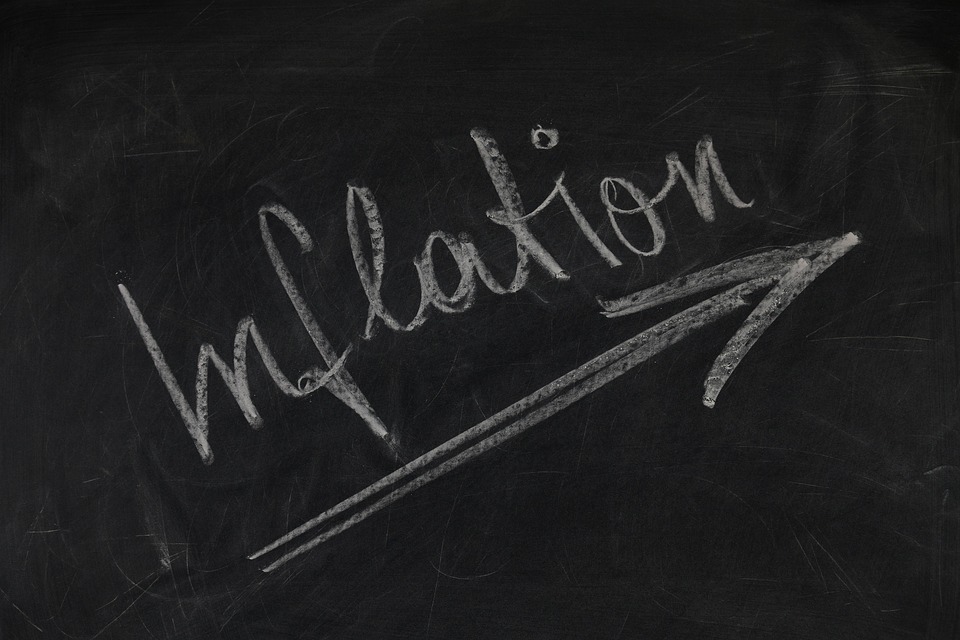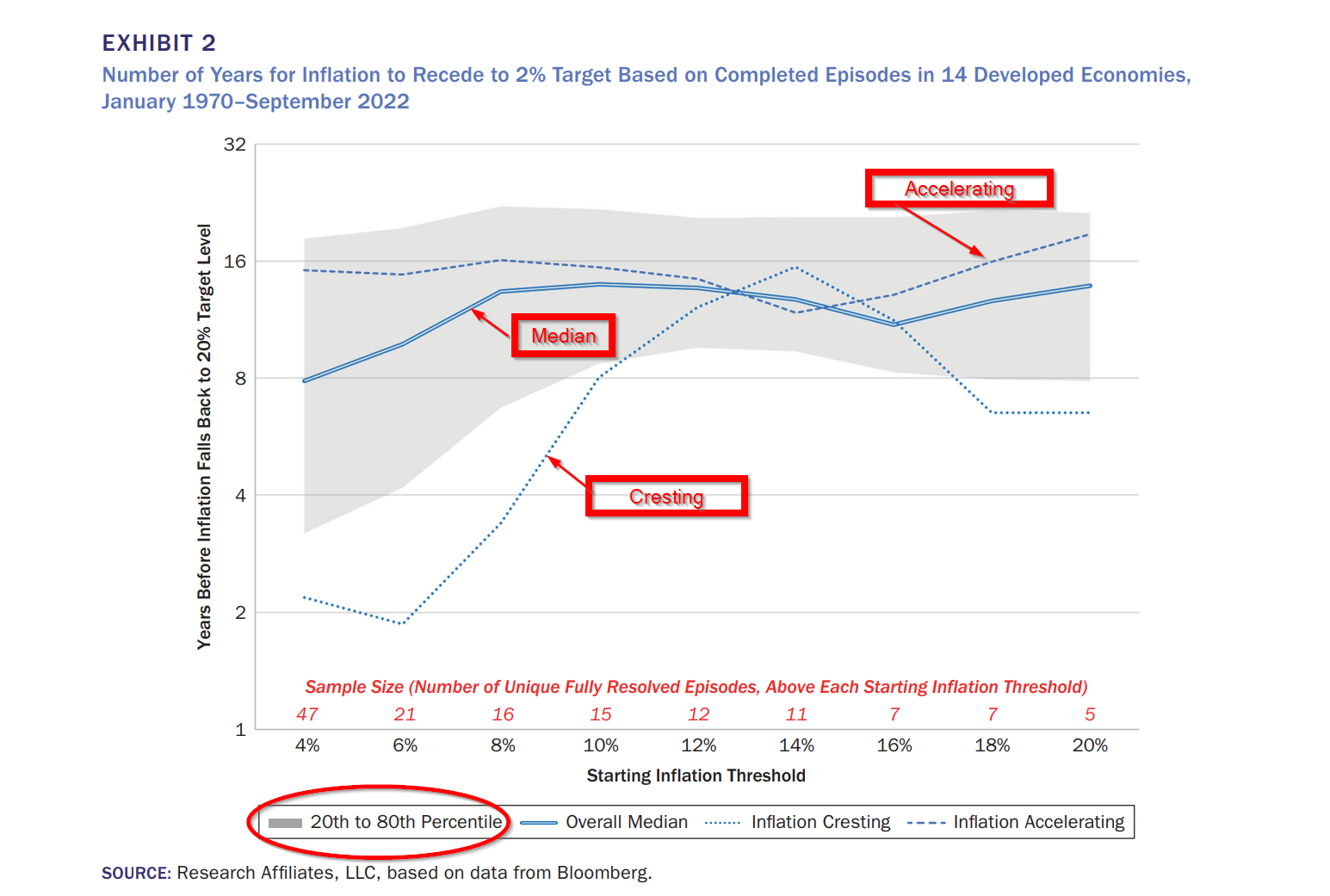 Image Source:
Image Source:
How long will it take for the current level of inflation to subside? If history is any guide, it could take quite a while. Across 198 policy interest rate hikes of at least 1%, a decrease of 1% in inflation took 2 to 4 years (Havranke and Rusnak, 2013). The authors of this research article conduct an empirical analysis of the behavior representative of inflation to provide a realistic context for public consideration and interpretation. In April 2021, inflation crossed the 4% mark. Is the current expectation that inflation is, in fact, transitory, or does it foreshadow a much longer recovery period?
How Transitory Is Inflation?
What are the research questions?One research question: If inflation surges, how long, on average, will it take to subside to a reasonable target rate of 2%?
What are the Academic Insights?The paper looks at a dataset that included fourteen developed markets (OECD), judged as a relevant comparison to extrapolate from the historical record. The period covered nearly 53 years of data for each country, from January 1970 to September 2022. The aftermath for each country was examined once it exceeded a 4% inflation rate. That criteria was modest and considered helpful for excluding incidents where the economy was recovering from . The results provided a surprisingly useful barometer for evaluating the future path of inflation in the US. Will inflation prove to be transitory at this point in time?
Why does it matter?Using the historical record as a guide, labeling the future path of inflation in the US as transitory is possible but bears little resemblance to a central expectation. A quote from the authors:
We are reminded of lyrics by The Who: “I’ll get on my knees and pray we don’t get fooled again.” Of course, for those who take the time to study history, prayer has nothing to do with it. It was a mistake for the Fed to declare inflation transitory when it was rising rapidly; history tells us that, even at a modest 4% rate, it often is not transitory.
Jerome Powell, speaking at the IMF Research Conference on Nov 9, 2023, seems to get it:
The most important chart from the paper
 The results are hypothetical results and are NOT an indicator of future results and do NOT represent returns that any investor actually attained. Indexes are unmanaged and do not reflect management or trading fees, and one cannot invest directly in an index.
The results are hypothetical results and are NOT an indicator of future results and do NOT represent returns that any investor actually attained. Indexes are unmanaged and do not reflect management or trading fees, and one cannot invest directly in an index.
Abstract
Inflation can take far longer to return to normal levels than most realize. Although transitory inflation is possible, it is hardly a sensible central expectation. Across 14 developed-economy countries over the past half-century, the authors analyze the behavior of inflation once a country’s inflation rate surges past various thresholds and study how long a burst of inflation typically lingers. If history is a guide, inflation can take far longer to return to normal levels than most people realize. Transitory inflation is certainly possible, but it is hardly a sensible central expectation. Messaging and policy response from the US Federal Reserve Bank should reflect the relatively high empirical risk that inflation may persist.
More By This Author:The Performance of Major Private Equity/LBO FirmsDissecting The Idiosyncratic Volatility Puzzle The Democratization Of Investing And The Evolution Of ETFs

